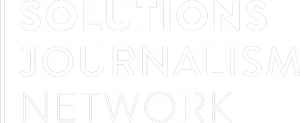Public health agencies often face significant challenges managing workforce priorities related to staffing and workload. While these issues are not new, the COVID-19 pandemic underscored the importance of retaining the public health workforce as a critical component of emergency response. A lack of capacity to manage an agency’s workload can create a toxic cycle, often negating any impact of positive organizational culture improvements. In turn, productivity diminishes, turnover increases, and the remaining workforce suffers. To combat this pattern of inadequate staffing and attrition, a robust combination of effective recruitment, timely hiring practices, equitable workload policies, pay considerations, and skilled leadership to champion changes are essential.
With one in three public health employees considering leaving their organizations within the next year—citing pay, work overload and burnout, lack of opportunities for advancement, stress, and organization culture as top reasons for leaving—retaining employees in public health has never been more important. As demonstrated during the COVID-19 pandemic, a lack of solid workforce infrastructure and workload imbalance among health care professionals and public health employees can have disastrous consequences for the workforce and overall public health. According to an analysis by the de Beaumont Foundation, “state and local health departments need to hire a minimum of 80,000 more full-time equivalent positions (FTEs)—an increase of nearly 80% —to provide adequate infrastructure and a minimum package of public health services.”



